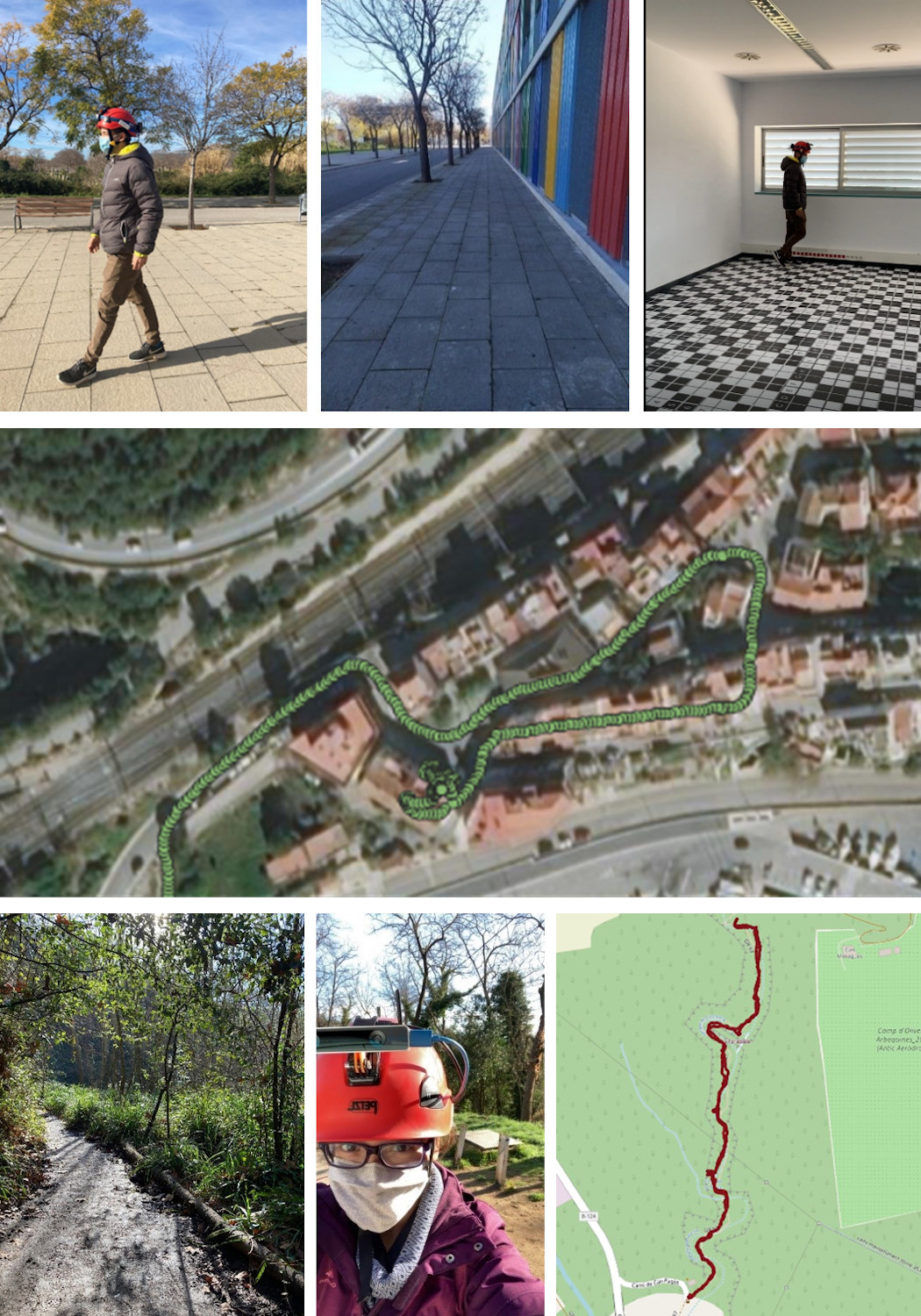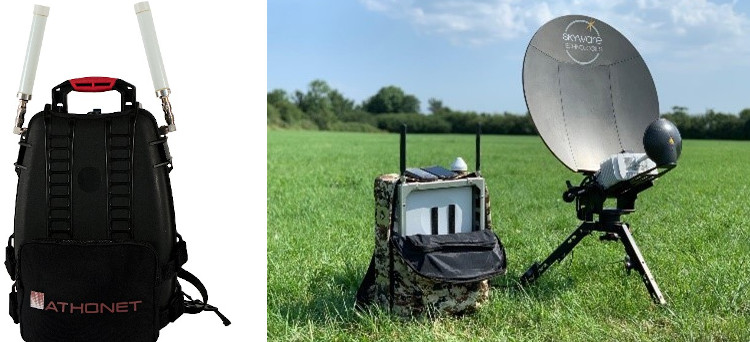News
| During these last days, at CTTC we have been testing the seamless indoor/outdoor positioning system in different scenarios, from forests to small villages. If you meet us, you will identify us quickly thanks to our nice helmet! We are happy to check that the system is more and more robust everyday and that it is able to provide useful tracking in challenging scenarios. We want to share with you some pictures of our tests in a wonderful forest near Barcelona and also in two urban scenarios near our premises. |
|
|
|
The portable and compact private mobile network is deployed to provide local 4G-5G communications in isolated areas, with the possibility of connecting via backhaul links (e.g., satellite) to national infrastructures for extending the national coverage, for instance, of special forces of the Ministry of Defense/Intern. The small form factor of the backpack solution includes a small radio cell, a ruggedized small server with a fully virtualized core network and optionally applications to run by the end users (e.g., Push-To-Talk, Mission-Critical PTT). The end users can be equipped with commercial or ruggedized phones, tabs, PCs, wearable or any other kind of devices/machines that can be equipped with a SIM to be provisioned in the local mobile network. This grants also secure communications among the users in a local group as only the SIMs provisioned in the backpack can be authorized to get access and connect to the network and its services. When provisioning the SIM, it is also possible to set the Quality of Service (QoS) profile of such user, i.e., allowing users to run services or applications that can be prioritized over best effort data traffic. This is the case of Voice over LTE (VoLTE) and MCPTT/MCX, which have 3GPP standard specific QoS Class Identifier (QCI) dedicated to grant traffic priority from the UE to the Radio and Core, i.e., over the full e-2-e chain, when needed. The full classification of such QCI values in the standards are collected under the technical specification 3GPP TS 23.203 "Policy and Charging Control Architecture". |
|
|
|
The first IOPES webinar, “A step further in emergency staff positioning for improving their safety”, took place on Monday, July 6th 2020, at 6:00 PM (CEST). Clicking here you still have a choice to learn about the several topics discussed in that webinar, such as:
|
| The first IOPES webinar, “A step further in emergency staff positioning for improving their safety”, will take place on Monday, July 6th 2020, at 6:00 PM (CEST). Don’t miss the opportunity to grab the most recent information about the project attending to a short (20’) presentation. The coordinator of the project herself, M. Eulàlia Parés, will focus on the most relevant aspects of IOPES, such as:
Thank you! |



